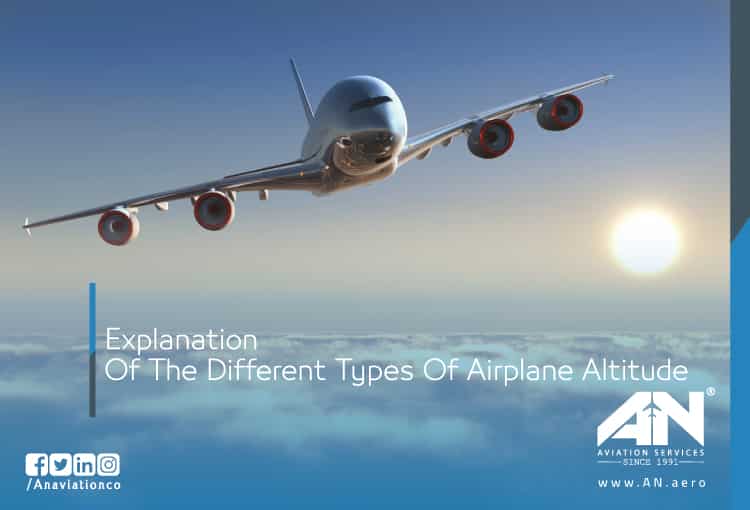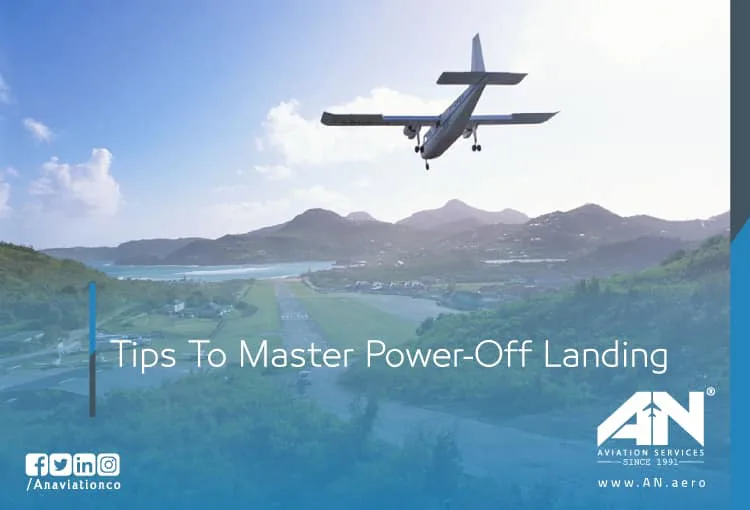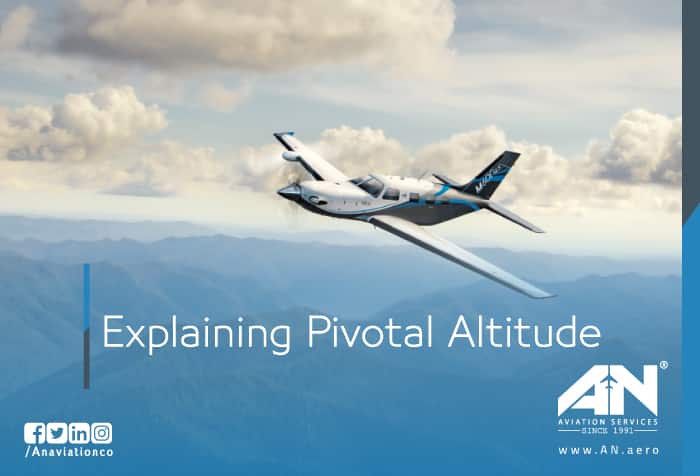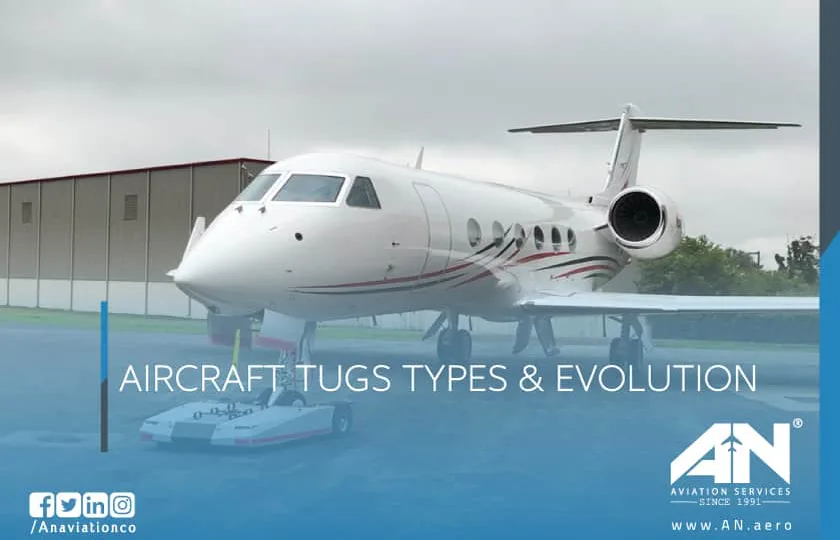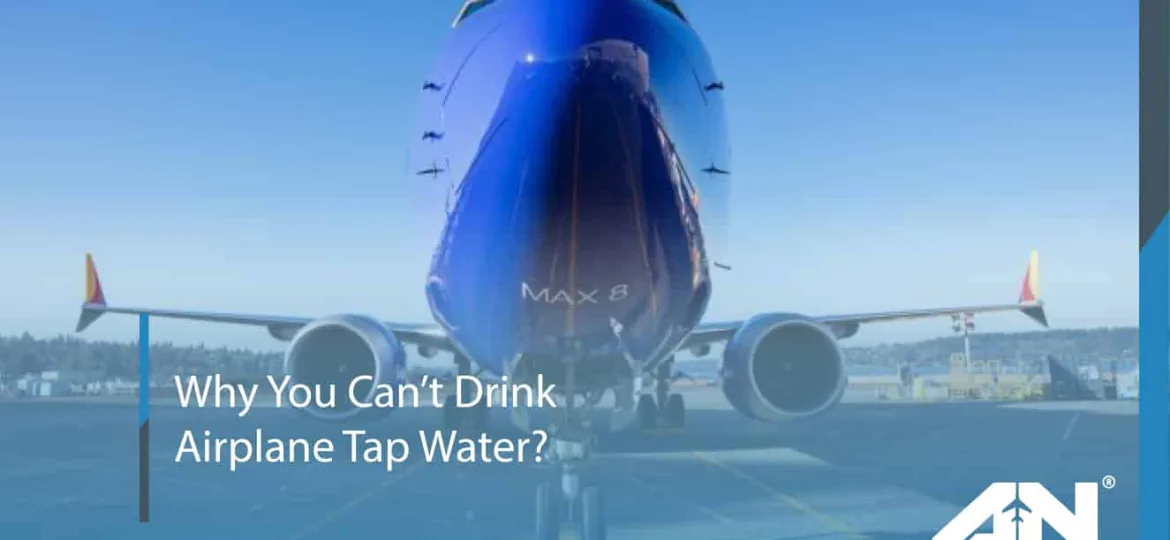When it comes to aviation, altitude is a critical concept that shapes everything from flight planning to fuel efficiency.
Aircraft
Bad fuel can not only lead to costly repairs but also compromise the overall reliability of your plane, putting safety at risk.
The global aviation industry has been through turbulence unlike anything it’s ever faced.
Whether it’s part of routine training or an unexpected emergency, executing a successful power-off landing demonstrates a pilot’s ability to manage the aircraft under challenging conditions.
Whether you’re training to become a commercial pilot or aiming to earn your flight instructor certificates, understanding key flight maneuvers and their underlying principles is critical.
Behind every smooth aircraft operation on the ground lies the often-overlooked machinery that makes it possible: aircraft tugs.
When you’re cruising at 35,000 feet, staying hydrated is essential for your comfort and health. But what about the airplane tap water used for making coffee or tea? Should you trust it?
Ground handling in Egypt plays a pivotal role in ensuring the seamless operations of flights arriving and departing from the country’s bustling airports.
From the early days of single-level cabins to the iconic double-decker planes like the Boeing 747 and Airbus A380, aviation technology has consistently pushed the boundaries of what’s possible.
The aviation industry has always been at the forefront of innovation, constantly seeking ways to improve safety, efficiency, and performance. One area experiencing a groundbreaking transformation is aircraft inspection and maintenance.


